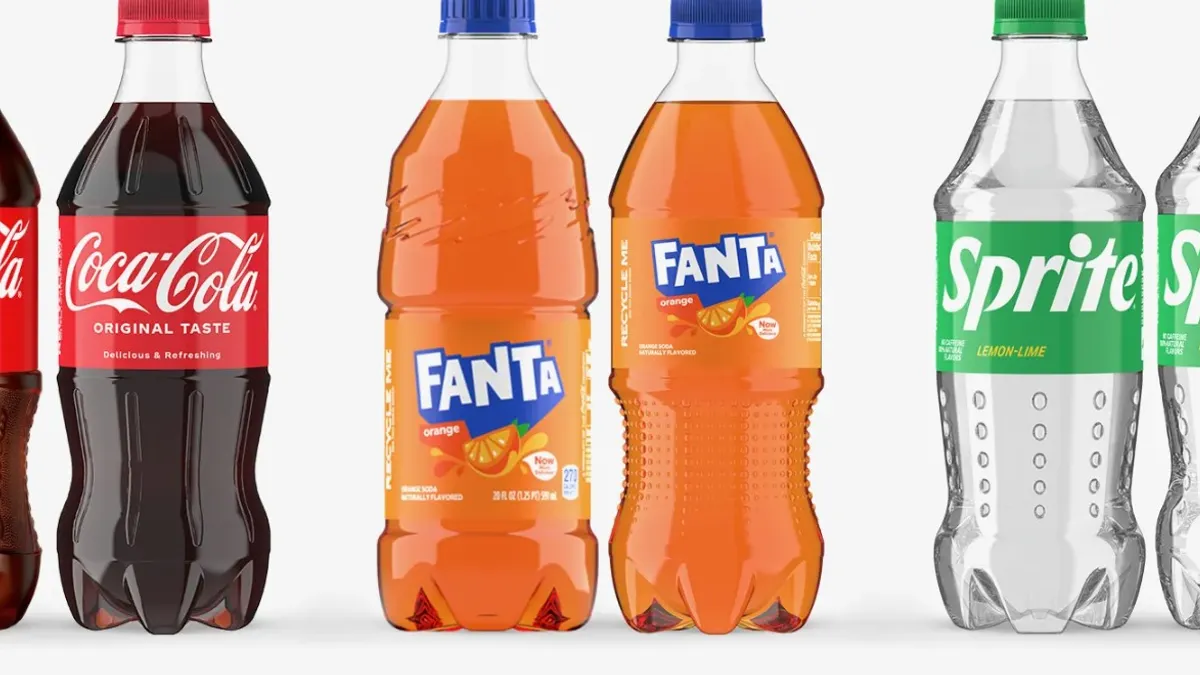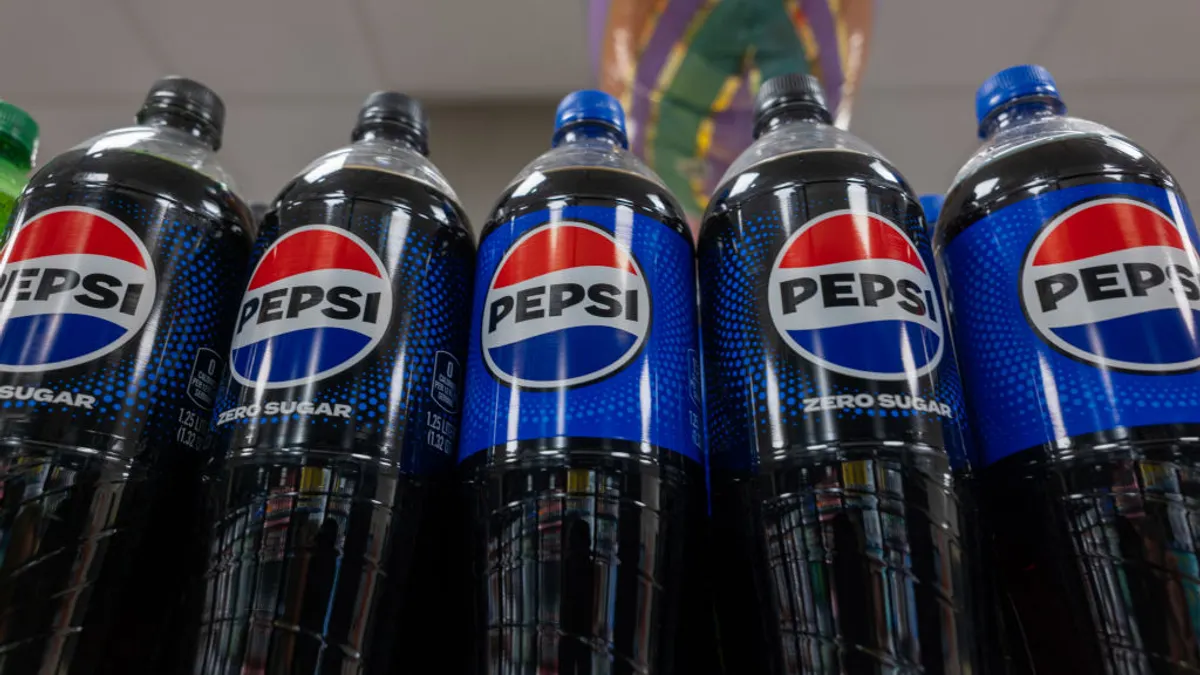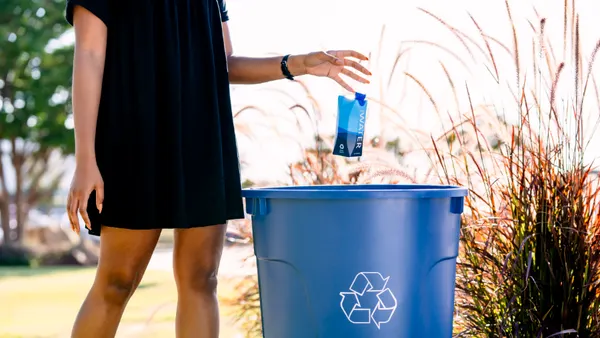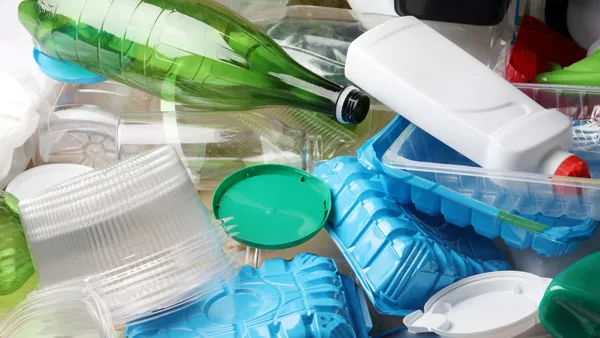Many brand owners and packaging converters think that about 5% to 10% further source reduction in packaging is feasible in the next five years — with the right innovations, legislative support and understanding of nuanced sustainability trade-offs.
That’s according to surveys of dozens of companies coordinated for a report released this month by Ameripen, the Consumer Brands Association and Consumer Technology Association, and prepared by Smithers.
But there are concerns going forward about what’s possible, given overall volume growth and the need to ensure that packaging remains sufficiently protective.
The reality check comes as jurisdictions like California are calling for a 25% reduction in single-use plastic packaging by 2032 as part of its extended producer law, SB 54.
The report defines source reduction as the physical reduction of packaging weight for a product with the same usage. That’s different from simply swapping out virgin materials for recycled content, for example.
Businesses have already made notable progress, the report asserts, in pursuit of sustainability benefits and lower material costs. Ameripen, CBA and CTA credited industry-led source reduction efforts with decreasing U.S. packaging volume by approximately 5 million metric tons from 2019 to 2024, even amid growing packaging demand from e-commerce.
The majority of that progress has come from lightweighting, as well as secondary and protective packaging changes, respondents reported.
Examples highlighted in the report include Coca-Cola’s efforts to lightweight its plastic bottle portfolio, Amazon’s reduction of corrugated boxes in favor of flexible paper mailers and Unilever’s implementation of refillable packaging options.
“This report shows that our industry has made great strides in source reduction efforts,” said John Hewitt, senior vice president of packaging and sustainability at the Consumer Brands Association, in a press release. “As we look to the future, continued progress must not come at the expense of consumer or product safety.”
Challenges ahead
Brands see consumer preference as their largest driver of sustainability efforts, while packaging converters cited policy and regulation. But companies also have conflicting trade-offs on their radar.
Compostable packaging is one example: It can reduce the amount food packaging going to landfills, the report says, but compostable materials may be thicker than traditional counterparts — which could directly conflict with source reduction.
As another example: EPR policies are driving companies to further prioritize packaging recyclability. This may not necessarily be to the advantage of source reduction.
“Brands may be restricted in their material choice, which may limit pathways to optimize source reduction while maintaining recyclability based on today’s infrastructure and market access,” the report states.
“At the same time, regulatory requirements for recycled content are pushing brands to test the limits of packaging integrity. In some cases, increased recycled content may also require the use of more or heavier virgin material to achieve packaging integrity. This becomes a direct conflict with source reduction goals, forcing potential trade-offs,” the report explains.
How brands and packaging companies actually track source reduction is also a concern. While 79% of respondents reported already tracking and measuring source reduction data, 51% said they lacked an automated way to capture data.











